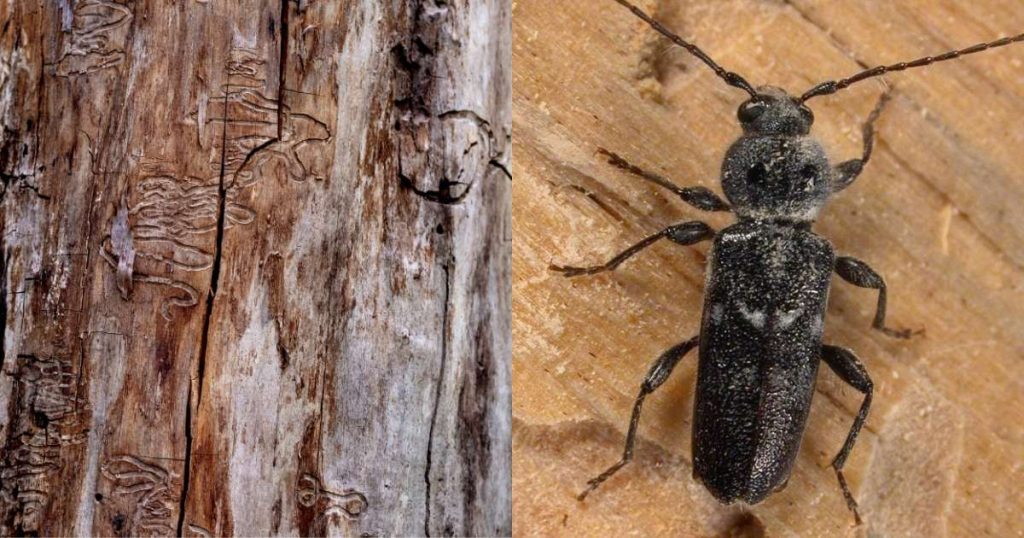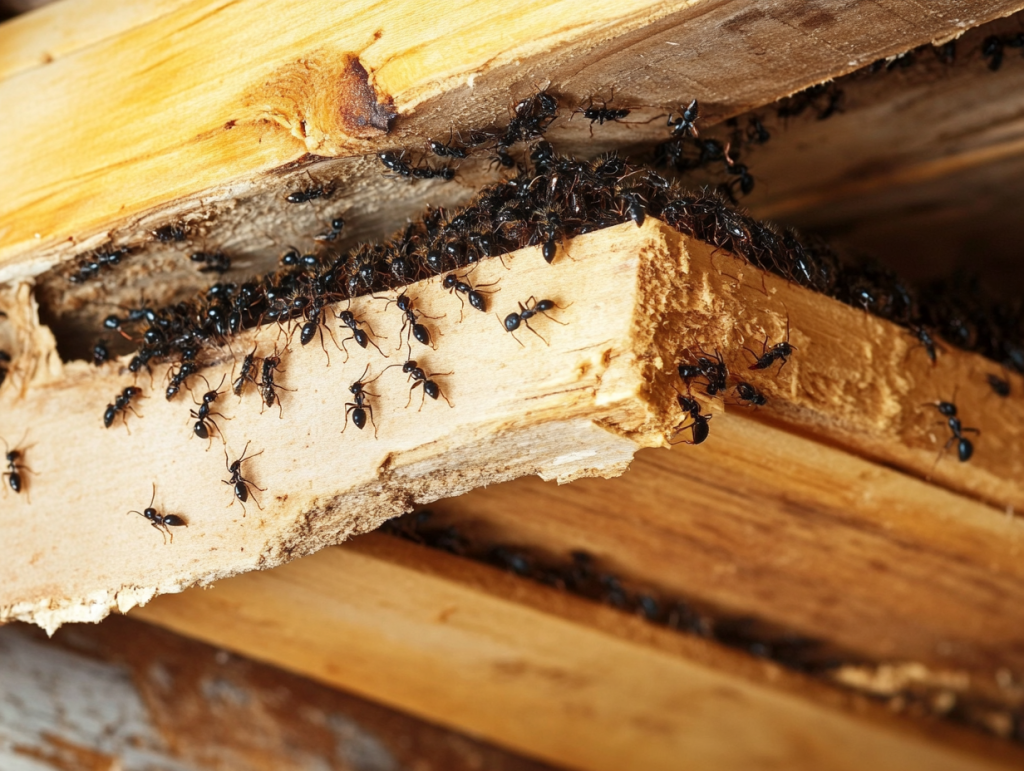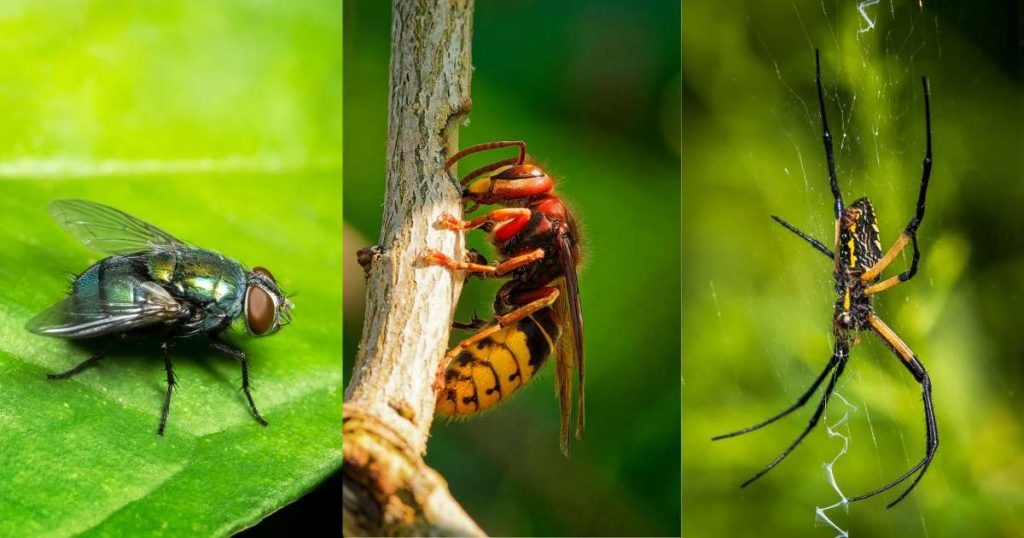Is your peaceful cabin retreat suddenly feeling more like a pest hotel? A pest infestation can quickly turn your serene woodland getaway into a challenge when unwanted guests move in.
Whether you’re dealing with armies of ants marching across your kitchen counter, resourceful rodents nesting in your walls, or mysterious scratching sounds in the night, handling pest infestations requires swift, smart action.
You’re not alone in this battle – thousands of cabin owners face similar challenges every year, especially during seasonal transitions.
The good news? With the right approach and proper pest control strategies, you can reclaim your space and restore your cabin to the peaceful haven it’s meant to be.
Let’s explore proven solutions to identify, tackle, and prevent pest infestations while preserving your cabin’s charm and comfort.
Table of Contents
Understanding Cabin Pest Problems
Your cabin’s idyllic woodland setting might be perfect for weekend getaways, but it’s also prime real estate for a potential pest infestation. The periodic nature of cabin use creates ideal conditions for pests to establish themselves during quiet periods, turning your peaceful retreat into their permanent residence.
Common cabin invaders include:
Wood-boring Insects
These silent destroyers can cause extensive structural damage before you even notice their presence. Powderpost beetles and carpenter bees are particularly fond of cabin timber, leaving tell-tale holes and sawdust as evidence of their activity.

Carpenter Ants
Unlike their smaller cousins, these industrious insects don’t just seek food – they excavate your cabin’s wooden structures to build their colonies. A carpenter ant infestation can compromise your cabin’s structural integrity over time.

Carpenter ants can cause serious structural damage to cabins and homes by tunneling through wood to build their nests. This article explains how to identify carpenter ants, understand their life cycle, and implement effective control and prevention strategies.
Whether you’re dealing with an infestation or looking to protect your property, these expert tips will help you manage carpenter ants efficiently. Read the full article here: https://store.extension.iastate.edu/product/2165
Rodents
Mice and rats are highly adaptable rodents that excel at finding shelter, particularly during colder months. Their remarkable ability to squeeze through tiny openings as small as a dime allows them to infiltrate human dwellings with surprising ease, leading to a full-blown pest infestation if left unchecked.
These opportunistic settlers pose significant risks beyond mere inconvenience. A pest infestation involving rodents can introduce diseases, cause extensive property damage through constant gnawing, and create unsanitary conditions that threaten both residential and commercial environments. Their rapid reproduction and survival instincts make them formidable urban inhabitants that require strategic and comprehensive control measures
Spiders
Spiders inhabit diverse environments, with most cabin-dwelling species serving as beneficial predators that naturally control insect populations. Their presence often goes unnoticed, as they quietly hunt and eliminate potential pest threats within secluded spaces. However, when left unchecked, a spider-related pest infestation can develop, especially in rarely used cabins.
Certain species, like brown recluses and black widows, pose genuine health hazards. These potentially dangerous arachnids gravitate toward dark, undisturbed areas, creating hidden risks for unsuspecting humans who might inadvertently disturb their quiet retreats. Their venomous bites can cause serious medical complications, making careful identification and professional pest management crucial for safe coexistence
Wasps and Hornets
Wasps and hornets, nature’s aerial architects, transform cabin exteriors into bustling insect metropolises during the warmer months. These industrious creatures favor eaves, porches, and other sheltered spots to construct their intricate paper fortresses. As spring blooms into summer, their nests evolve from modest beginnings into sprawling, multi-tiered structures that can house hundreds of buzzing residents, leading to a potential pest infestation if left unchecked.
While these aerial colonies showcase remarkable natural engineering, they present a significant challenge for cabin owners and visitors alike. The sheer size of an undisturbed nest can be startling, often growing to rival a beach ball in dimensions. This unchecked expansion not only alters the cabin’s aesthetic but also creates a precarious situation where chance encounters between humans and these defensive insects become increasingly likely, turning a peaceful retreat into a potential minefield of stinging hazards.
Cluster Flies
These persistent pests often invade in large numbers during fall, seeking winter shelter. They’re particularly problematic in cabins with numerous tiny entry points around windows and rooflines.
Understanding these common invaders is crucial for developing an effective pest management strategy. Each pest type requires different prevention and control methods, and recognizing the signs of their presence early can save you from more serious infestations down the road.

Why Cabins Are Pest Magnets
Nestled in the heart of the wilderness, cabins inadvertently become five-star resorts for the local wildlife. These rustic retreats offer an irresistible blend of shelter and proximity to natural habitats, creating a perfect storm for pest infestations. The periodic human absence turns these structures into peaceful havens where creatures can set up shop without interruption.
This cyclical pattern of occupation—humans in summer, critters in winter—creates a unique challenge for cabin owners. The extended periods of vacancy serve as open invitations for resourceful pests to explore, settle, and multiply, leading to potential pest infestations. Recognizing this delicate balance between human retreat and nature’s opportunism is crucial for developing targeted prevention strategies. By understanding the cabin’s allure to pests, owners can craft smarter, more effective approaches to maintain their wilderness sanctuaries while respectfully coexisting with the surrounding ecosystem.
Natural Remedies That Work
Eco-friendly pest control represents a holistic approach to managing unwanted insects and rodents while prioritizing environmental and human health. This innovative strategy moves beyond traditional chemical treatments, focusing on natural methods that leverage garden ecology, strategic plant selection, and organic deterrents to prevent pest infestations. Key approaches include:
- Cultivating nutrient-rich soil for natural pest resistance
- Planting pest-repelling herbs like mint and lavender
- Creating natural solutions using essential oils and vinegar
- Utilizing spices such as cinnamon and cayenne as deterrents
- Repurposing food waste like citrus peels as insect repellents
ThThese methods not only target specific pest populations but also work to create a balanced ecosystem that naturally resists invasive species, transforming gardens and homes into self-regulating environments. The benefits of eco-friendly pest control extend far beyond immediate pest management, offering long-term advantages for both residential environments and broader ecological systems. By implementing sustainable strategies, homeowners can achieve comprehensive pest control and prevent pest infestations with minimal environmental impact. Specific benefits include:
- Protection of beneficial insects
- Maintenance of garden health
- Enhanced safety for pets and children
- Reduced chemical exposure
- Long-term ecological balance
- Cost-effective pest management
Unlike traditional chemical treatments that often require home evacuation and pose potential health risks, natural pest control strategies provide a sustainable, transparent, and holistic solution to managing unwanted household and garden invaders, preventing pest infestations in the long term.
Professional Pest Control Solutions
Professional pest control solutions are often the best choice when pest infestations become severe, DIY methods fail, or structural damage is evident. If multiple pest species are present, experts can provide comprehensive treatments tailored to your needs. A pest inspection is crucial in identifying the extent of the problem and determining the best course of action. From rodent pest control to ants pest control, professional services can effectively eliminate unwanted guests and prevent future infestations.
Cabins are especially vulnerable to pests like wood bugs, termites, and rodents, which can cause costly damage if left untreated. Rodent control is essential to protect your property from mice and rats that can chew through wires and insulation. Likewise, termite control helps prevent structural weakening caused by these destructive insects. When choosing a pest control service, it’s important to consider local expertise, reputation, and experience in handling cabin-specific issues. Opting for eco-friendly treatment options ensures minimal environmental impact, while preventive maintenance plans help keep pest infestations away long-term.
To help you find the best pest control service for your needs, here’s a comparison of some of the top pest control companies in the USA and their specialties:
| Terminix | Termites, bed bugs, mosquitoes, rodents control, and general pest control | terminix.com |
| Orkin | Termite protection, rodent pest control, bed bugs, and seasonal pest prevention | orkin.com |
| Rentokil | Commercial pest control, fumigation, bird control, and hygiene services | rentokil.com |
| Rollins, Inc. | Parent company of Orkin, specializing in termites control and rodent management | rollins.com |
| Aptive Environmental | Eco-friendly pest control, general household pests, seasonal treatments | goaptive.com |
| Arrow Exterminators | Wildlife control, termites control, mosquitoes, and home insulation services | arrowexterminators.com |
| Fox Pest Control | Same-day services, ants pest control, rodents, termites, and general pest prevention | fox-pest.com |
Seasonal Maintenance & Strategic pest prevention Plan
A comprehensive seasonal maintenance plan is crucial for effective pest prevention in cabins. This year-round approach ensures that your retreat remains a sanctuary for you, not unwanted critters. The plan begins with Spring Preparation, focusing on inspecting winter damage, thorough cleaning, and applying preventive treatments. As summer arrives, vigilance becomes key, with regular monitoring of pest activity and landscape maintenance. Fall Prevention strategies involve sealing new cracks, removing food sources, and preparing for winter pests. The cycle concludes with Winter Protection, emphasizing regular checks, maintaining low-level heat, and monitoring for rodent activity.
Key seasonal actions include:
- Spring: Inspect for winter damage, clean thoroughly, apply preventive treatments
- Summer: Monitor pest activity, maintain landscape, conduct regular inspections
- Fall: Seal new cracks, remove food sources, check insulation
- Winter: Maintain low-level heat, monitor for rodents, keep snow away from foundation
Strategic pest prevention extends beyond seasonal maintenance to include targeted efforts in sealing entry points and maintaining the cabin’s exterior. These proactive measures create a formidable defense against potential pest infestations. Sealing entry points involves a meticulous inspection of the cabin’s structure, from foundation to roof, to eliminate access routes for pests. Exterior maintenance focuses on creating an environment less conducive to pest habitation, emphasizing proper landscaping and structural upkeep.
Essential prevention tips include:
Sealing Entry Points:
- Check and repair foundation cracks
- Install door sweeps
- Seal utility entry points
- Repair window screens
Maintaining the Exterior:
- Keep wood piles away from the structure
- Trim branches near the roof
- Clear debris from gutters
- Maintain proper drainage around the foundation
Conclusion: Taking Action
Don’t let pests take over your cabin retreat. Whether you choose DIY methods or hire pest control professionals, the key is acting quickly and maintaining vigilance. Remember that prevention is always easier and more cost-effective than dealing with an established pest infestation.
- Conduct a thorough inspection of your cabin
- Implement basic prevention measures
- Create a maintenance schedule
- Keep professional pest control contacts handy
By following these guidelines and staying proactive, you can maintain a pest-free cabin environment that’s welcoming to you and your guests – but not to unwanted visitors or pest infestations.